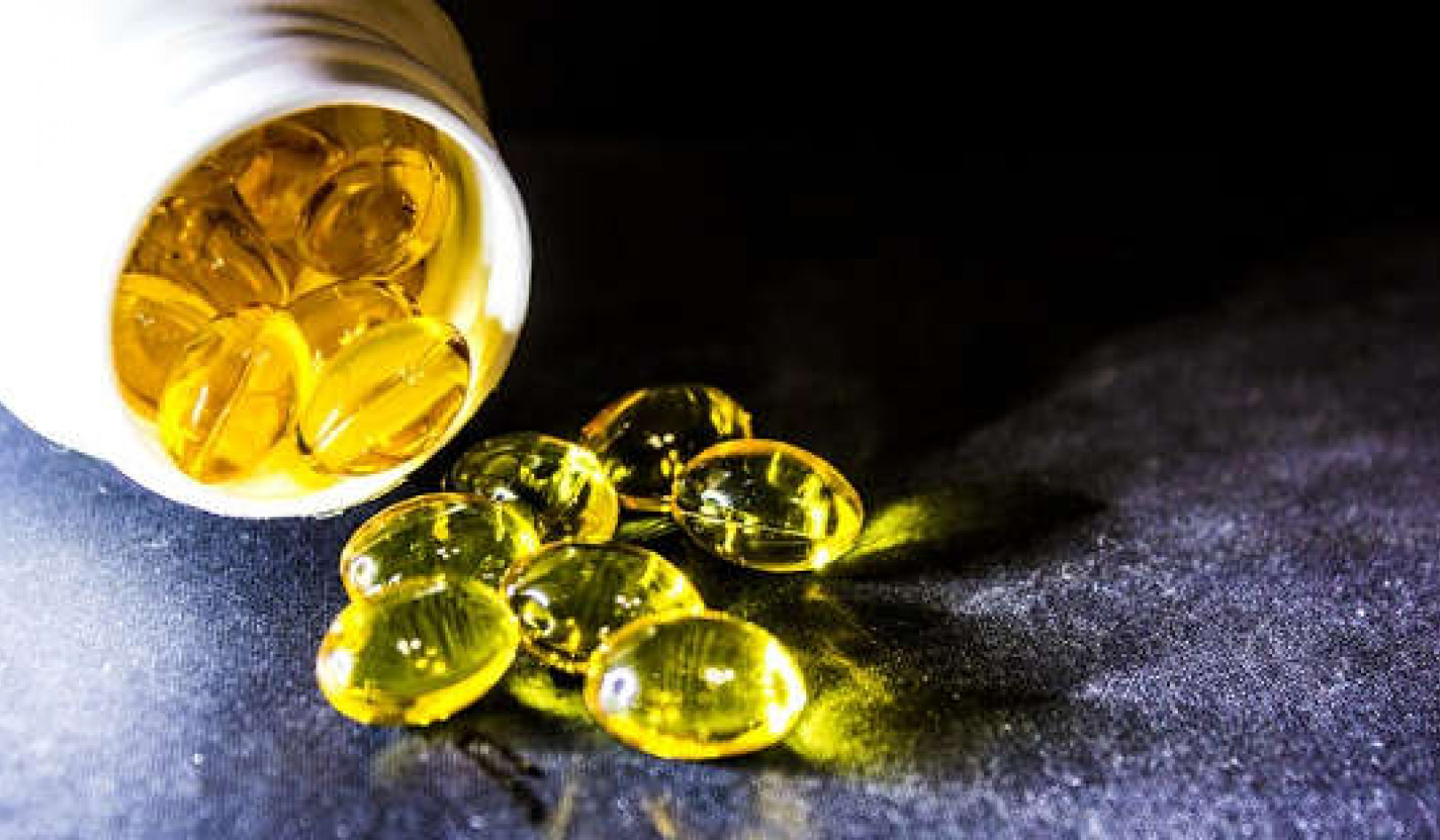When your doctor gives you a diagnosis of prostate cancer, he or she is also likely to tell you that you must have treatment immediately or you will die. Each specialist urges you to opt for their approach (surgery, or radiation, or hormone therapy), insisting that it's absolutely the best thing to do, and that you should do it right now.
Radical Prostatectomy: Prostate Surgery
If you're being treated by a urologist, a surgery called radical prostatectomy will probably be recommended. Also known as open prostatectomy, or simply the radical, radical prostatectomy is a major surgery which calls for your belly to be cut open and your entire prostate cut out. The theory behind the radical prostatectomy is deceptively simple: pluck out the entire prostate, cancer and all, before the cancer has a chance to spread.
If you're not careful, your doctor will have you believing that the radical prostatectomy is as simple and effective as using your spoon to scoop a little piece of hair out of your soup. If only it were true!
The surgery works only if the cancer is totally confined to the prostate, and not a single cancer cell has spread beyond it. Despite advances in testing, doctors cannot guarantee that a few cells haven't escaped the prostate. Many thousands of prostates have been surgically removed without curing the patient, for tiny bits of the cancer had already escaped. The surgeries were for naught ? and for many came at great sacrifices in quality of life.
Impotence and Incontinence
Most men who undergo a radical prostatectomy end up suffering from varying degrees of impotence and incontinence. That's not surprising, given that the nerves controlling erection run right along the outside of the prostate. Even with the newer, "nerve-sparing" approach to the surgery, these precious nerves are often damaged or destroyed. Although some men recover to some degree, half or more of all men whose prostates have been surgically removed will never regain the ability to get and maintain an erection. And of course, there's a chance that you will die from the surgery itself.
But even if the radical prostatectomy worked more often and more effectively, it would still be ill-advised and dangerous. Why shock the body by cutting it when you can regain health without going under the knife? And the prostate is the center of a man's sexual energy ? when it's gone, his total energy is bound to lag. Look at and listen to men who have had the surgery. Ask your doctor for names of men who have had the surgery ? or, better yet, find a support group such as PAACT (Patient Advocates for Advanced Cancer Treatments).
Radiation Therapy for Prostate
If, on the other hand, you happen to wind up in the hands of a radiologist, you'll get an entirely different recommendation. Since they've been trained to use radiation, these specialists urge their patients to undergo radiation therapy, also called radiotherapy or irradiation. The idea is to radiate cancerous cells to death, hoping to shrink and possibly eliminate the cancer. The radiation doesn't kill the cancer cells right away; instead, it "gets" them when they attempt to divide in two. If, however, the cancer has spread beyond the prostate, radiation therapy can only slow its growth. It will not cure you.
The standard approach has been to apply the radiation externally by "beaming" radiation right into your abdomen as you lie on a table. Radiologists will usually apply the radiation beam to an area larger than the actual cancer, just in case they've underestimated the size. If the cancer is localized in the prostate or the areas immediately adjacent, radiation treatment generally takes between six and eight weeks, five days a week. Common side effects of external beam radiation include incontinence, nausea, fatigue, diarrhea, radiation skin burns, and skin irritation. If the radiation damages the nerves that control erections (which run right by the prostate, touching the gland) you may wind up impotent. Of course, you can never be sure that the radiation "got" every single cancer cell in the body. If even one cell remains, the tumor can regrow, the cancer can spread, and all will have been for naught. And if the cancer does come back, you can't turn to radiation again, for too much radiation can actually cause cancer.
Internal Seed Radiation for Prostate
A newer approach to radiating prostate cancer, called internal seed radiation, uses tiny radioactive "seeds" surgically implanted in the prostate. Internal radiation refines the approach by getting the radiation right up against the cancer cells instead of passing it through the body and possibly harming other tissue along the way. The radiation seeds, which look like rice or bird seeds, are pushed through small needles right into your prostate. Fifty or more radiation seeds may be used on a typical patient.
Internal seeding has some advantages over external beam radiation. It's an outpatient procedure that takes only an hour to two. The seeds are placed right at or close to the cancer site, delivering their radiation "on target". Because the radiation is more focused than the external beam, there appears to be less risk of impotence and incontinence, and recovery takes only a day (or less). Andy Grove, CEO of Intel, elected to have seed radiation after researching the issues quite carefully. He wrote an outstanding article on the subject, called "Taking On Prostate Cancer" in the 5/13/96 issue of Fortune magazine ? must reading for anyone considering treatment of prostate cancer!
Testosterone Hormone Therapy for Prostate Cancer
Most men with cancer that is still confined to the prostate wind up undergoing either surgery or radiation. But if the cancer has spread, doctors will typically suggest hormone therapy. Hormone therapy is based on the idea that prostate cancer cells are especially hungry for testosterone, the male hormone. Take away this "food" and the cancer cells die. Most of the testosterone in a man's body is produced in the testicles, which is why doctors used to simply cut them off to "cure" prostate cancer. (The surgery to remove the testicles is called orchiectomy.)
But it's not enough to surgically remove a man's testicles, because the adrenal glands go into action to produce even more testosterone. So even after the testicles have been removed, a man suffering from prostate cancer must still take medicines to block the flow of testosterone from the adrenal glands. Another approach, which allows men to keep their testicles, is to use powerful drugs to block the flow of testosterone.
Whether a man keeps his testicles or not, hormone therapy deprives him of his usual testosterone. This slows the cancer somewhat, but has unpleasant side effects and undesirable psychological consequences. Men find themselves unable to get or keep erections, they lose muscle mass and gain breast tissue, and they suffer from fatigue hot flashes, reduced brain function, and other problems. Hormone therapy can be a helpful temporary measure to arrest or shrink the cancer.
Other Methods of Treatment
Although surgery, radiation, and hormone therapy are the medical system's favored approaches to treating prostate cancer, there are others. For example:
Cryosurgery
Cryosurgery is a relatively new procedure in which cancer cells, and the prostate they are in, are frozen to death. It is still considered to be an experimental procedure by many authorities. Although it's a "lesser" surgery than the radical prostatectomy, cryosurgery is still a major surgery that is a shock to the body. Impotence and incontinence are common. Other side effects include bleeding, infection, hypothermia, urethral-rectal fistula (which may lead to a colostomy), injury to the bladder or urethra, urgency and frequency of urination, and urinary retention. Cryosurgery is an effective alternative medical treatment that is far less invasive and just as effective as a radical prostatectomy.
Hyperthermia
Hyperthermia, the opposite of cryosurgery, is utilized separately and in conjunction with radiation. With hyperthermia, heat is applied to the prostate via microwaves coming from a cigar-box-like device placed between the man's legs or over his abdomen. No one knows quite how heat kills cancer. Some authorities argue that the heat damages the blood vessels leading to cancerous cells, without affecting normal cells, or that it kills the cancer cells weakened by radiation. Still others believe that heat interferes with the cancer cells' ability to make proteins or keep themselves "clean" but it is effective.
Chemotherapy
Chemotherapy uses powerful drugs to kill cancer cells. But the drugs don't specifically target cancer cells. Instead, they look for any rapidly growing cell. Cancer cells grow rapidly, but so do hair cells, cells lining the stomach, cells of the immune system, and cells in the bones. They, too, are killed by chemotherapy, causing a host of terrible side effects. Chemotherapy is not effective against prostate cancer per se; it's typically used only when the cancer has spread. And it's not a cure; it only helps relieve some advanced cancer symptoms.
Watchful Waiting
Watchful waiting is recommended by some doctors (usually for older men) in the early stages of prostate cancer, before the tumor is big enough to "warrant" attack by surgery or radiation. Watchful waiting has the benefit of not assaulting the body, but it does nothing to stimulate the body's defenses. Many studies have found that watchful waiters match or slightly exceed the life spans of those who opt for surgery, and that the quality of their lives is far superior. (For more on this subject, read "Still Waiting, Watchfully" in the 5/13/96 issue of Fortune magazine.)
These interesting approaches may be useful adjuncts or substitutes for the traditional surgery, radiation, and hormone therapy, but they all miss the boat. None of them cleans the body of toxins and blockages, or strengthens the body's ability to heal itself -- and this process is the only way to successfully deal with prostate cancer.
WHAT SHOULD YOU DO?
Urologists argue passionately for surgery, while radiologists sing the praises of radiation therapy. Other physicians may insist that hormone therapy is the only salvation. Each specialist urges you to opt for their approach, insisting that it's absolutely the best thing to do, and that you should do it right now.
If your doctor tells you they have you scheduled for surgery or radiation tomorrow, or if they want to remove your testicles, start grilling them. Ask them to describe the side effects of these treatments, and the likelihood of suffering associated with each. Verbally pin them to the wall; make them defend their approach and show you the statistics that prove theirs is the best approach. Ask the doctors if their approaches help the body heal itself. If they are honest, they'll admit the answer is no. Ask for comparative analyses with other possible treatments. Get second and third opinions. Learn all you can.
Strengthen Your Body's Healing Ability
After you've discovered the limitations of standard Western medicine, look into ways of cleansing your body and removing the blockages that encourage disease. Think about and visualize strengthening your body's ability to heal itself. Doesn't that make the most sense? If you agree that the best approach is to make your body strong enough to naturally and completely dispense with the cancer, keep reading. Then spring into action!
Implement your own healing plan. It can work, and it can work quickly: in 90 days! Remember, healthy bodies successful ward off cancer every day! Regularly monitor your progress. You can always fall back on your medical treatment of choice if necessary. (My unused fall-back choice was seed radiation.)
 This article was excerpted from the book:
This article was excerpted from the book:
Prostate Health in 90 Days
by Larry Clapp, PhD, JD.























